Chinese Symbols Page #4
This page lists all the various symbols in the Chinese Symbols category.
China is one of the world's oldest and most long-lived cultures, with human settlement dating back to the Neolithic Era. Covering a vast region of eastern Asia, its many customs and traditions can vary greatly between provinces, cities, and even individual towns.
Many important components of Chinese culture can be traced back thousands of years, and are still visible today. These cultural phenomena include language and literature, music, visual arts, martial arts, cuisine, and much more.
Symbols in this category:
Niú
Chinese character representing "Niú", which can be variously translated as 'Ox', 'Cow' or 'Bull'.
Orange (fruit)
This brightly colored citrus fruit was first cultivated in eastern Asia, and has since spread to many other parts of the world. While the fruit itself and its peel are used in a variety of culinary traditions, oranges are also imbued with several different symbolic meanings.
Peach
Peaches hold an exalted status in Chinese culture, where they are strongly associated with the heavens and with eternal life.
Plum
The plum is an important symbol in parts of eastern Asia, where both the fruit and its flower carry significant meaning.
Pútáo
Chinese characters representing "Pútáo", which translates as 'Grapes' (can also indicate the singular 'Grape').
Rì chū (simplified)
Chinese characters representing "Rì chū", which translates as 'Sunrise'.
Rice (grain)
Throughout East and South Asia, rice cultivation stretches back many thousands of years, and it remains an immensely important foodstuff in both regions today. Over its very long history, this simple grain has acquired a vast number of symbolic meanings. While these connotations vary in specifics from region to region, they also display certain common themes.
Citation
Use the citation below to add this symbols category to your bibliography:
Style:MLAChicagoAPA
"Chinese Symbols." Symbols.com. STANDS4 LLC, 2024. Web. 20 Apr. 2024. <https://www.symbols.com/category/47/Chinese+Symbols>.

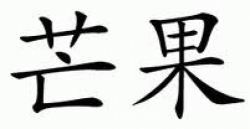

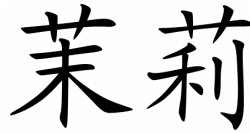
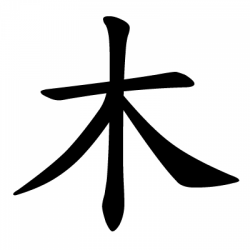
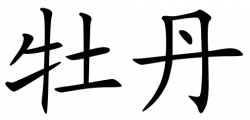
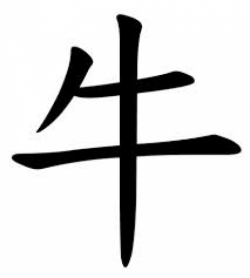
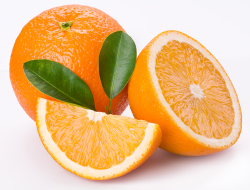
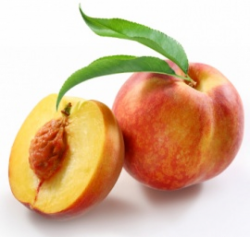
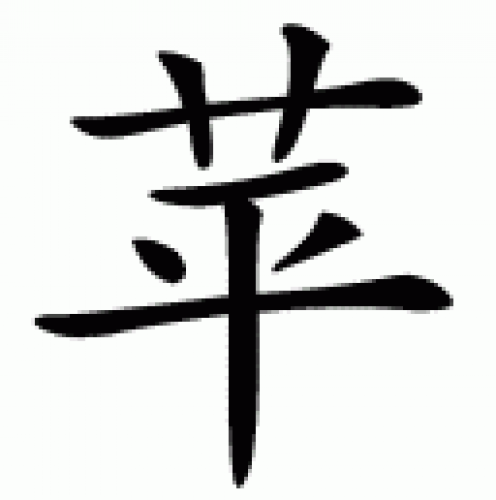
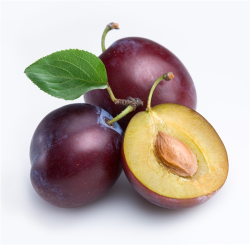
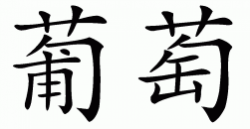

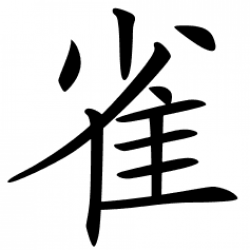

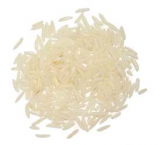
Have a discussion about the Chinese Symbols category with the community:
Report Comment
We're doing our best to make sure our content is useful, accurate and safe.
If by any chance you spot an inappropriate comment while navigating through our website please use this form to let us know, and we'll take care of it shortly.
Attachment
You need to be logged in to favorite.
Log In